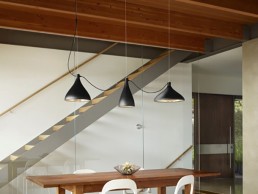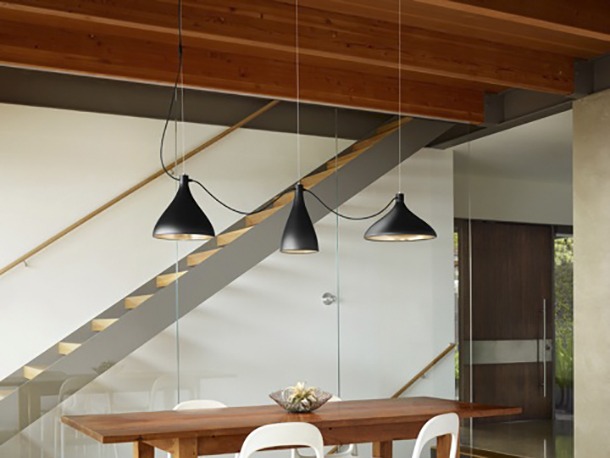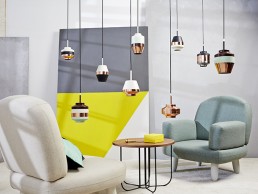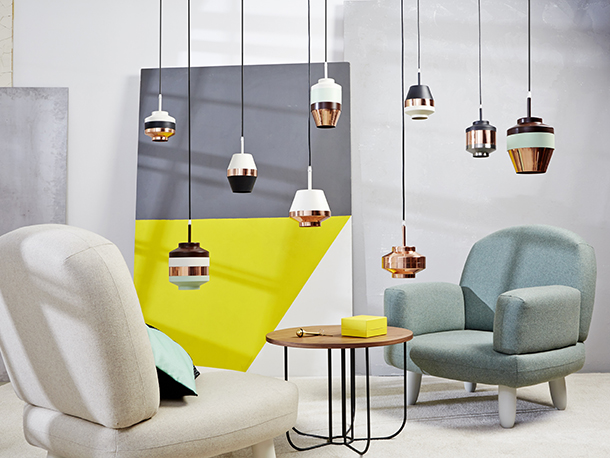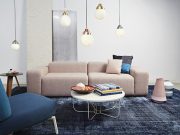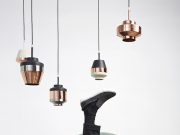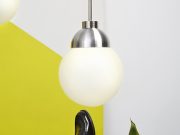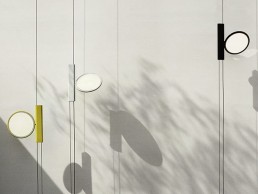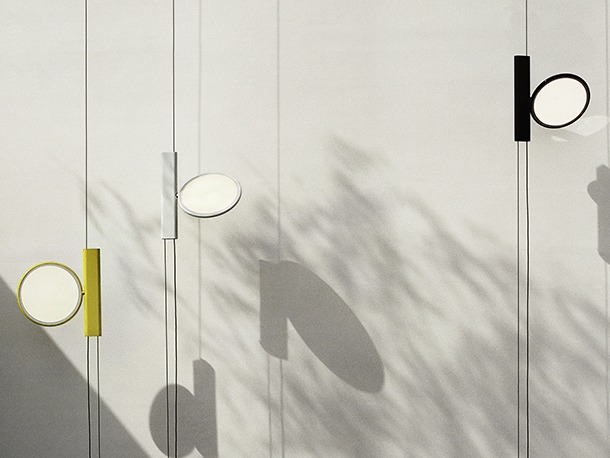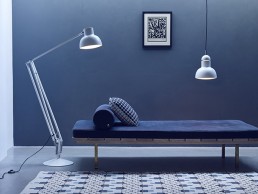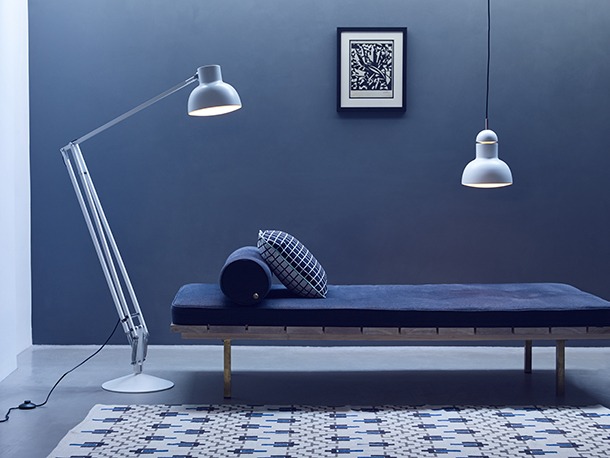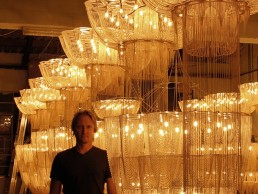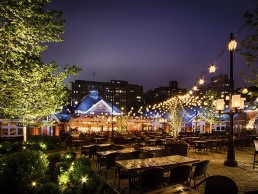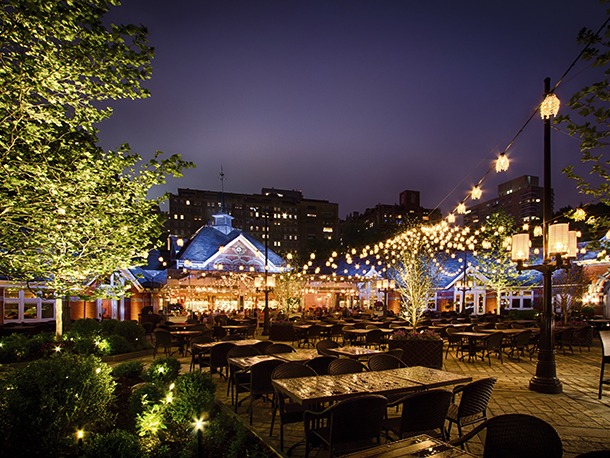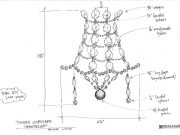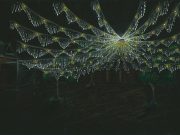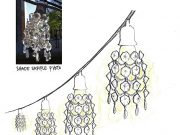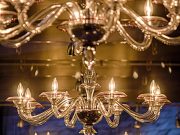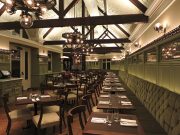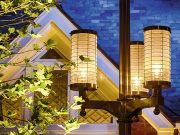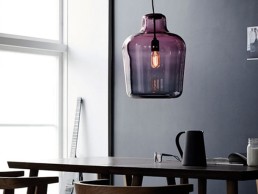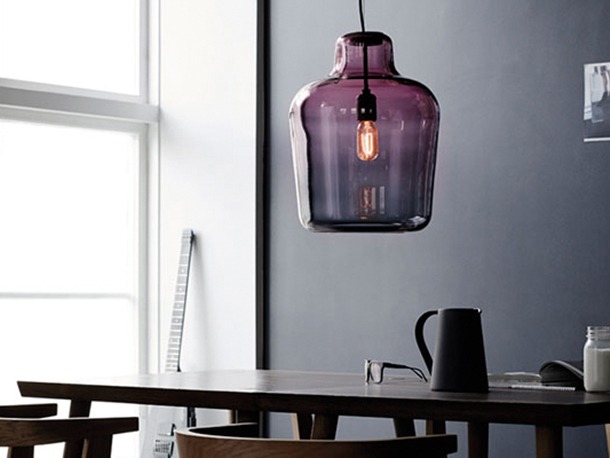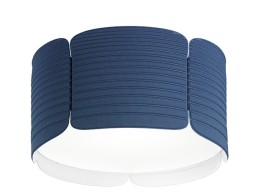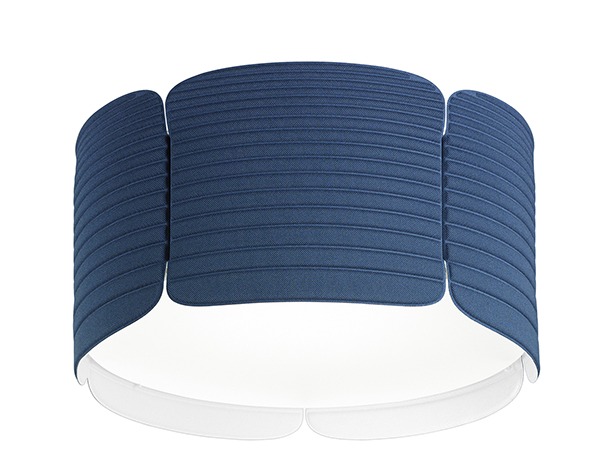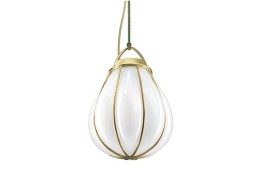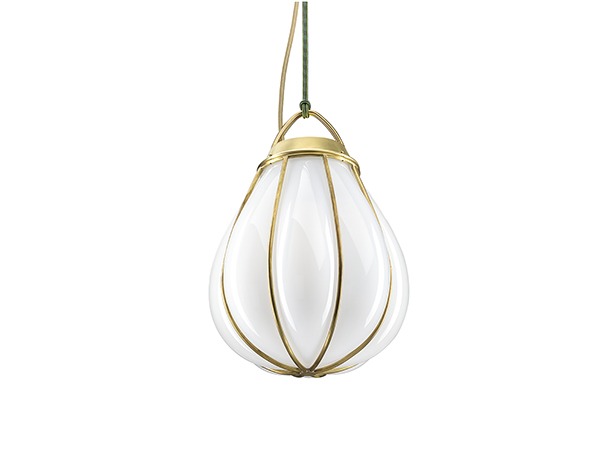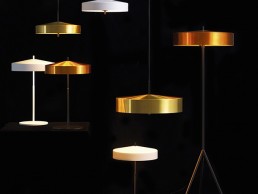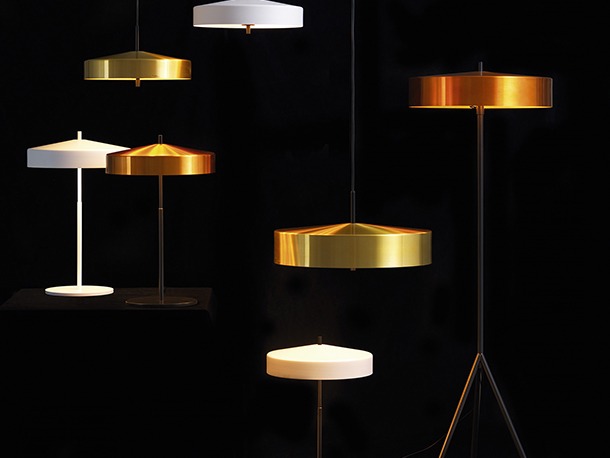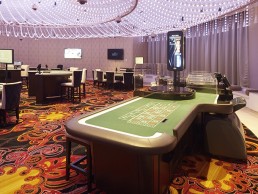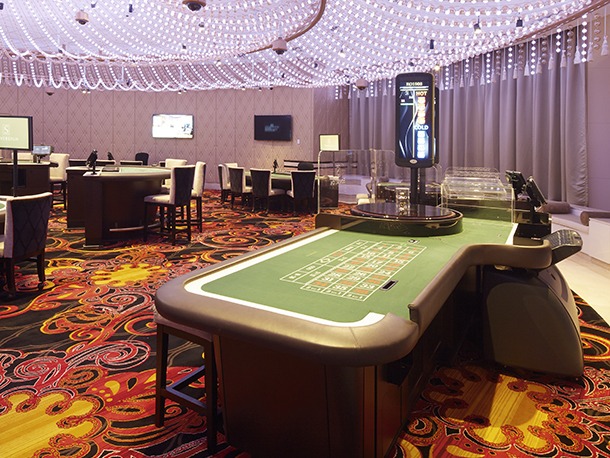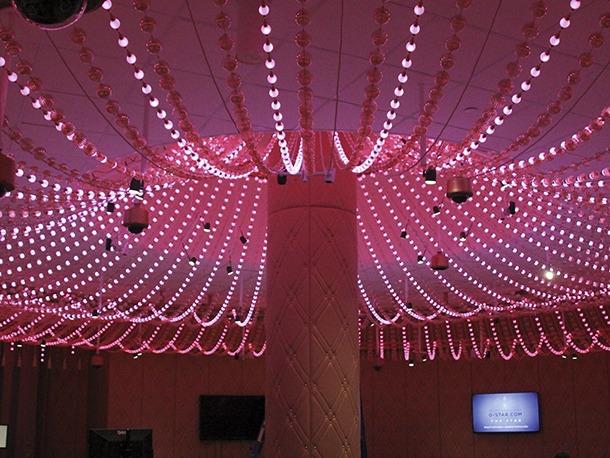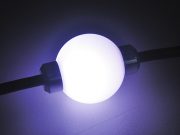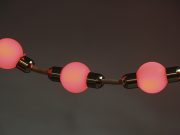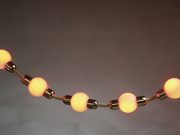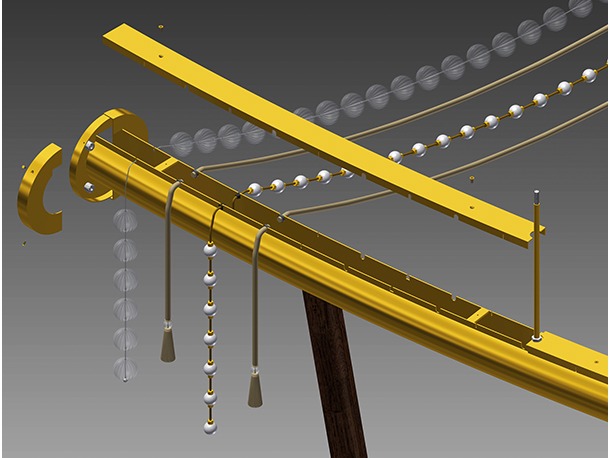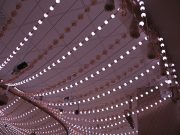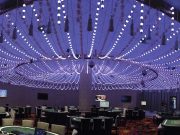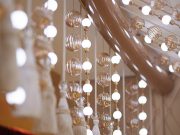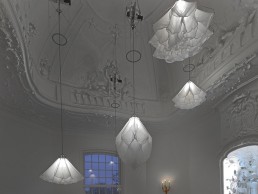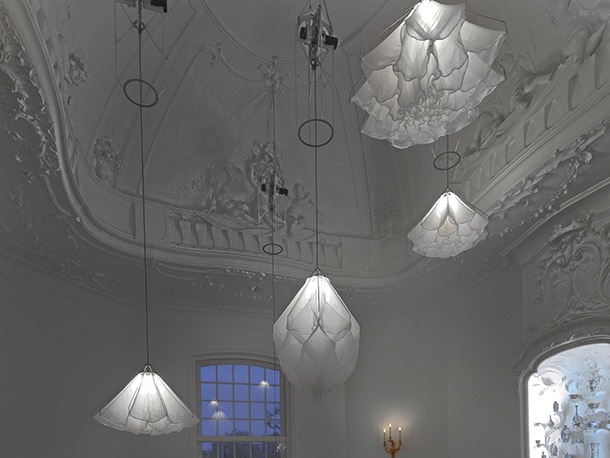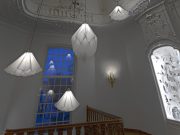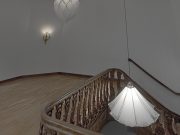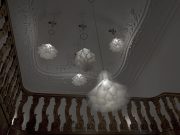Swell
A cool European wind blows into Dubai Design Days
(UAE) - Contemporary design meets European shapes in the work of Position Collective. The emerging design studio is based in Budapest, but they are gathering fans and collaborations around the world. The label made its regional debut at Dubai Design Days 2015.
The design objects of Position Collective are ambassadors of clean lines, subtle colours and elegance, uniting contemporary European design and craftsmanship.
Muru and Pran ceramics combine modern silhouettes with traditional Hungarian pottery techniques to create 21st customisability that is characteristic of the Position Collective aesthetic. This allows objects to take their place in spaces that have a strong identity. The latest products include the Zona pendant lamps and Como armchairs that reflect the concept of minimalist luxury. A new take on a classic shape, the Zona lamps are a variation of Position's award-winning design concept for Zona Restaurant. The studio combines traditional craftsmanship and high-end materials into covetable objects that reflect contemporary design.
The collective believes in collaborative partnerships. All products are customisable to individual and project requirements, the designers are available to advise throughout the project, and are available to consult by special appointment.
OK by Konstantin Grcic for Flos
(UK) - OK, designed by industrial designer Konstantin Grcic for Flos UK, pays homage to Achille Castiglioni's Parentesi lamp, originally launched in 1972. Grcic unites technological experimentation with design sensitivity 40 years on.
"Designing a lamp is no longer limited to working around a given bulb," said Grcic. "Today, it means designing the actual bulb or light source. This challenged me to think of Parentesi, a lamp that celebrated the traditional bulb in the most effective and beautiful way. Would it be possible to rethink the Parentesi lamp once more and pass the Manzù-Castiglioni torch on to the future?"
The parenthesis-shaped tube of the original lamp maintains its vertical sliding function over the steel cable, but is now a small rectangular box that houses electronic components and soft-touch switch. The cylindrical weight hanging at the bottom of Castiglioni's design has been replaced with a cone shape. Only the small spun metal ceiling rose, designed by Castiglioni, remains exactly the same.
Grcic’s design speaks of simplicity, avant-garde and design history. OK is the second offering within the Flos Decorative portfolio by Grcic, which now sits alongside May Day, a multifunctional hanging lamp.
Anglepoise Type 75 Maxi Collection
(UK) - Designed by industrial product designer, Sir Kenneth Grange, the Type 75 Maxi Collection comprises a floor lamp and coordinating pendant. It reflects Grange’s singular, modernist style, user-centred approach along with Anglepoise functionality.
The oversized Maxi floor lamp offers adjustability, fluidity of movement and balance; incorporating Anglepoise constant tension spring technology. The coordinating Maxi pendant, with stylised light vents, reflects the floor lamp's bold shade shape and is embellished with subtle metallic detail.
Adam Hoets
Adam Hoets is the man behind award winning South African lighting company Willowlamp, which uses an original and patented method of attaching ball-chain to laser-cut steel frames in order to create intricate lighting designs. A tiny notch in the metal frame is Hoets’ magic ingredient in creating a fastener-free curtain of chains - the result is a collection of vibrant chandeliers and elegantly swaying pendants.
After graduating as an architect, Hoets travelled through Africa becoming increasingly enthused by the complex patterning he found in the continent’s natural surroundings. An acute understanding of geometric shapes combined with his architectural education thus resulted in a collection of sculptures that are masterpieces of both structure and aesthetics.
“Many of my designs are inspired by nature,” said Hoets. “Whether a direct translation like the Faraway Tree chandelier, or like many of my designs that are derived from sacred geometry - an understanding of nature in its purest form.”
Hoets’ signature pendants emit not only light but also creative energy and this is a key part of the brand’s ethos.
According to Hoets: “Our designs fuse organic forms with high tech materials and processes to create a dramatic new genre of lighting. Each fixture is the result of a collaboration between the needs of the user, the creativity of the designer and the skills of the fabricator. Our responsibility is to harness creativity and transform it into high-quality objects for everyday use.”
These unique works can be seen suspended from the ceilings of globally renowned hospitality, retail and commercial sites. For instance, a custom-designed work was commissioned by The Melia Hotel in London, which took form as the Fuchsia in Smoke chandelier. Other projects include the crafting of 35 large chandeliers for the Ritz Hotel in Dubai, the creation of the Flower of Life chandelier for the Seerose Resort and Spa in Switzerland, a customised Protea installed at the Ritz Carlton Chicago, and a custom-made oversized Flower of Life chandelier in chrome that hangs in the hallway of the Mena House Hotel Giza, Egypt, to name but a few.
Spring in the Park
Lighting doesn’t always have to venture indoors to transform a space into something eye-catching. Sometimes, designs can work even better in the open space, as seen at the iconic Central Park’s Tavern on the Green.
Tavern on the Green, New York’s iconic Central Park restaurant, opened last year to much excitement. Since the landmarked building’s transformation from a sheepfold to a restaurant in 1934, Tavern on the Green has become one of the highest grossing restaurants in the US.
Architect Richard H. Lewis and Broadway set designer John Lee Beatty helped execute the owner’s vision of restoring the classic and timeless elegance of the original restaurant.
Focus Lighting was tasked with creating the lighting design, along with Ken Billington of KB Associates. “The lighting at Tavern on the Green was designed to embrace a more authentic and classic approach relying less on layers of technique and flourish,” said Christine Hope, Senior Designer at Focus Lighting.
In the exterior gardens and courtyards, the lighting is conceived to have less of a negative impact on nature, while maintaining a strong visual impact. Custom configured suspended festoon lighting from Primus Lighting, sweeps across the courtyard and features custom made crystal chandelier pendants from Canopy Designs. For additional decorative affect, custom blown glass and metal ribbed exterior lanterns manufactured by Lumid and designed by Focus Lighting, also feature throughout the exterior space.
“By using careful accents and suspended miniature chandeliers we created a landscape of magic and romance,” said Hope. “Our inspiration was Warner LeRoy’s elaborate and iconic Crystal Room. We wanted to design an ode to that magical feeling of nature wrapped in light in a fresh and modern way. Recessed uplights highlight key architectural features along the restored façade, while steel blue coloured accents wash the new slate roof in patterns of light meant to evoke dappled moonlight.”
On the interior, lighting details are seamlessly integrated into the custom millwork to create a warm, modern glow throughout the space while hidden accents softly illuminate furniture arrangements. Ornate, Victorian-inspired decorative sconces and chandeliers from Robert Ogden that evokes memories of the glamour of the original Tavern of the 1930s complete the beautiful composition, combining antique components into a modern form. The decorative fixtures at the Tavern on the Green complement the overall lighting scheme by casting a warm light over the dining room and creating an alluring repetitive image along the ceiling trusses. The restaurant is supposed to feel as grandiose as a Victorian palace, yet as comfortable and intimate as a summer cottage. Softly uplight white decorative ceiling panels from Tokistar tie each space together with a bright airiness that accentuates the impressive volume of the structure.
Throughout the restoration of the property careful attention has been paid to accurately update the original historic elements, as well as designing new elements that are a clear departure from the authentic Victorian style. The lighting design has also embraced this approach.
Project Details: Tavern on the Green, New York, USA
Client: Jim Caiola & David Salama
Architects & Interior Design: John Lee Beatty, Richard Lewis & Robin Key Landscape Architecture
Lighting Design: Focus Lighting & Ken Billington
Decorative Lighting Suppliers: Canopy Designs, Robert Ogden, Primus Lighting, Tokistar, Lumid
Say My Name
Designed by Morten & Jonas, Say My Name voices the dialogue between materials and the act of making. This can be hung from the ceiling as a pendant light or placed in an upright position as a table lamp. Each light is mouth-blown in Italy and made from Venetian glass.
Stampa
Designed by Cate & Nelson, Stampa is a sound-absorbing fixture in a friendly, welcoming form. Flexible and adaptable in its elemental structure of laminated textile, Stampa easily changes in size, number of levels, colour and shape. Stampa is available as a ceiling fixture or as pendant in three sizes.
Hobo
Designed by Gustaf Nordenskold this rough brass and white opal glass fixture is ideal for use in an elegant setting. Featuring a soothing light source of 400 lumens, the fixture can be installed in a room ceiling socket. Nordenskold is renowned for exploring designs, crafts, arts and industrial production.
Cymbal
Designed by Helena Svensson and inspired by its namesake’s simple shape, Cymbal can be used as a floor light or a pendant. The fixture’s light design is a fine example of craftmanship.
A String Of Pearls
Casino-goers can now wish upon a star under the newly twinkling light of Sydney’s Star Casino with Illumination Physics’ Pearl chandelier.
When the Illumination Physics team was asked to create a decorative lighting concept comprising strings of LED pearls, never did they imagine the journey it would take them on. Originally developed in 2013 for a project that later fell through, the manufacturer’s Pearls ultimately found themselves debuting at The Star Casino Sydney, Australia, in December 2014.
Following an enquiry from US consultant Shop 12 Design, the Pearl chandelier was then fully customised for the casino and as part of a dramatic upgrade, today takes centre stage in the VIP gaming suite.
Made up of 5,600 pearls that use unique and complex LED technology that allows each pearl to be individually programmed and capable of displaying 3D graphic content, the use of two, newly developed, RGB LEDs in each pearl gives an even colour mix within a diffused sphere that is not much bigger than a golf ball. Strings of up to 10-metres are supported by a driver, specifically created by Illumination Physics, each of which can drive two strings of up to 50 pearls.
Specific enhancements to the Pearl included slimming the metal glands that secure the cables, down to an absolute minimum and then finishing them in gold rather than silver. The cables themselves were also manufactured in a gold colour.
With a maximum distance of just 350mm between each pearl and less than 100mm between each sphere, the main challenge for Illumination Physics was assembling the string of pearls… and all within a 30-day deadline. A tight schedule indeed, but the manufacturer’s engineers rose to the challenge, mapping out a procurement and manufacturing program that would allow only a few days for the final installation and testing - little room for a contingency plan or error!
A project of such complexity required a powerful media server to control the content and Arkaos proved to be the product of choice - a capable system for the type and complexity of the content intended for The Star. While for the end user interface a Pharos touchscreen was used so that the activation of various content was simple and intuitive to select. A complete service was provided to The Star by Illumination Physics, from the control system design and supervising the installation of the Pearl strings in the chandelier, to the testing and commissioning.
IP Pearls is now a mature product and ready to be exploited in grand foyers, porte-cocheres, casinos and other attractions. Illumination Physics is able to custom design many other decorative lighting elements for these types of interior spaces and a dense Pearl structure which is significant in width, depth and height has already been envisaged by the manufacturer to exploit multi-dimensional programming and create the illusion of 3D images within a matrix of IP Pearls.
Drifting Elements
With the transformation of the Rijskmuseum Amsterdam now complete, it was time for the fully renovated Philips Wing to also reopen its doors to the public. Housing thirteen exhibition galleries, along with a separate gallery for temporary photographs shows, along with a large restaurant with sun terrace, the Philips Wing also finds itself home to five Studio Drift Shylights light sculptures.
The installation, which is seen as a performance sculpture, is the first time an installation from Studio Drift - founded in 2006 by Lonneke Gordijn and Ralph Nauta - can be seen permanently by the public in a Dutch museum. Aiming to unite the movement of industrial motors with silk chalice structures into a natural choreography, Shylight is inspired by a highly evolved natural mechanism called ‘nyctinasty, which regulates that certain types of flowers close at night for self-defence purposes and to conserve their resources. This principle relates very much to human emotions, while most manmade objects and buildings have a static form, everything natural in this world (including people) is subject to constant metamorphosis and adaptation to their surroundings. With Shylight, Studio Drift explores these changes that express character and emotions in an installation of inanimate objects. Shylight descends into blossom in all its glorious beauty, to subsequently close and retreat upwards again. The goal with Shylight is to find live emotion and personality in dead material.
More than 50-metres of silk, hundreds of man-hours and precise handwork combined with refined technology is used for the realisation of the Shylight project at the Rijksmuseum. Its choreography can be programmed to an exact and graceful dance performance.


